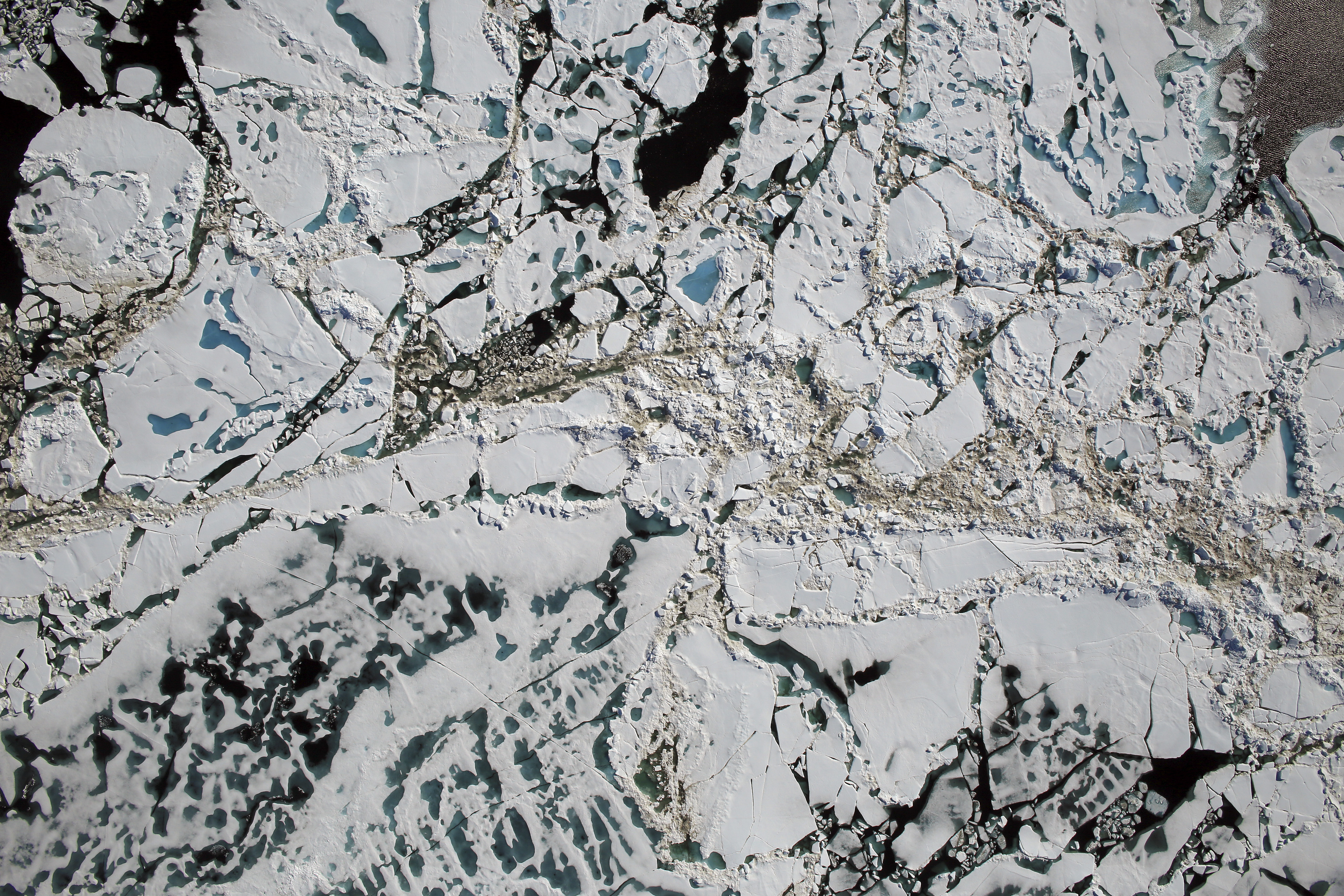A new study further links warm Arctic temperatures with extreme weather at lower latitudes
The study comes as the eastern U.S. recovers from two large winter storms.

As the Arctic experiences one of its warmest winters on record, parts of Europe and the eastern U.S. are enduring blistering cold and snow. Now, new research released this week in Nature Communications further supports the idea that these two extreme weather events may be connected.
For the study, researchers from MIT, Rutgers University and the private company Atmospheric and Environmental Research used various datasets ranging from 1950 to 2016 to look at weather in both the Arctic and 12 cities across the U.S.
With these numbers, including an index that grades winter severity based on temperature, snowfall and snow depth, the study showed a correlation between Arctic warming and cold snaps in eastern states: Specifically, cold winter weather is four times more likely to occur when Arctic temperatures are high.
[Is warming in the Arctic behind this year’s crazy winter weather in eastern North America?]
The study’s release was timely, with the eastern U.S. recovering from two large winter storms that swept through last week and bracing for a third. Meanwhile in Europe, the U.K. and Ireland experienced blizzards and snow when a weather system dubbed the “Beast from the East” descended in early March.
While these areas were bundling up against the cold, parts of the Arctic were experiencing unusually warm winter weather, resulting in shrinking sea ice and above-freezing temperatures.
These two weather events might be correlated, according to the new study. But scientists are careful to specify that the study can’t show that warm Arctic weather is causing the cold winter in lower latitudes.
“It could be that the Arctic circulation and the U.S. circulation are changing simultaneously, and there’s just a bit of a lag between the changes in the circulation and this weather index,” James Screen, a climate scientists with the University of Exeter, told Wired. “I would say it’s suggestive, but it doesn’t totally convince me.”
The study also doesn’t go into how exactly warm Arctic weather and cold southern winters are connected — a criticism other climate scientists brought up with multiple media outlets.
One theory is the warm Arctic weather is impacting the polar vortex circling the North Pole, causing it slow down and dip further south.
But there might be other reasons for why the cold Arctic air gets loose, scientists say, which is why this study hasn’t been entirely embraced by some.
Still, if one of the overarching takeaways of the study was to draw attention to the warming Arctic — and perhaps even show how it may impact those living in lower latitudes — it was a success.
“What happens in the Arctic does not stay in the Arctic,” Screen told the Verge.